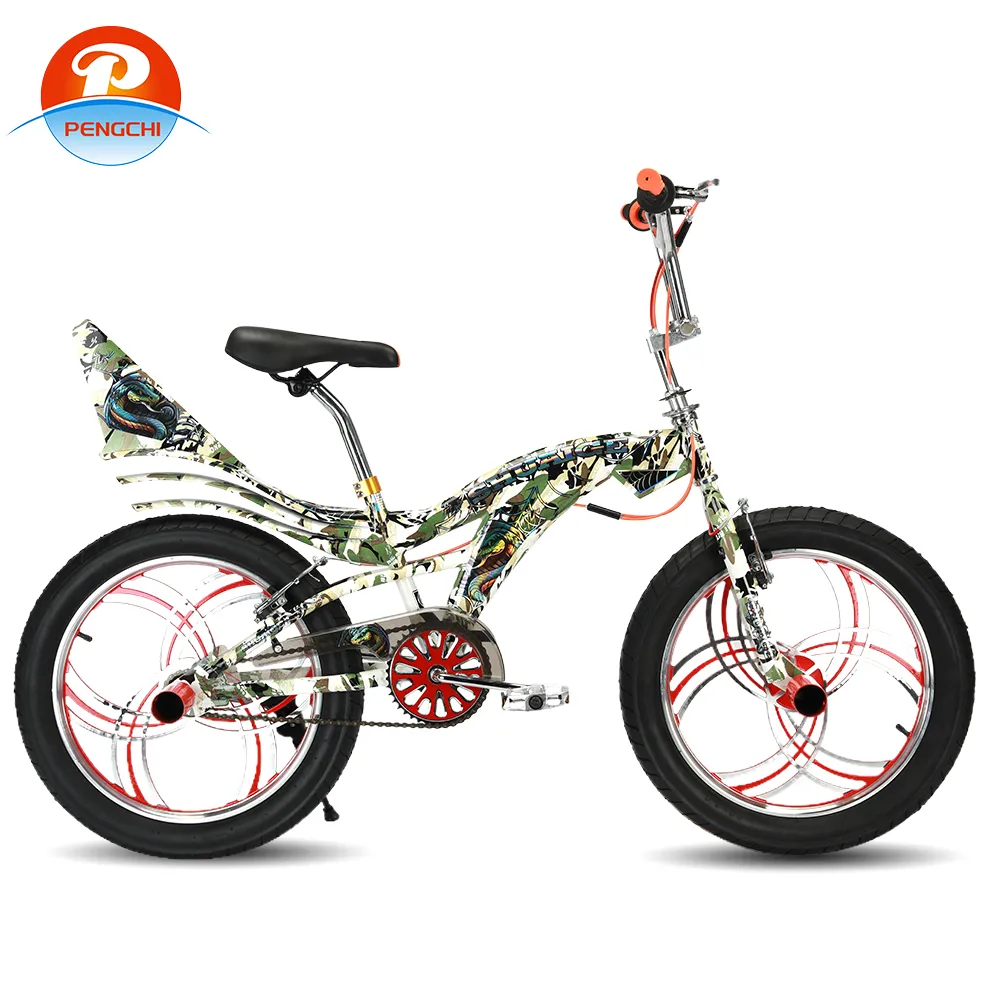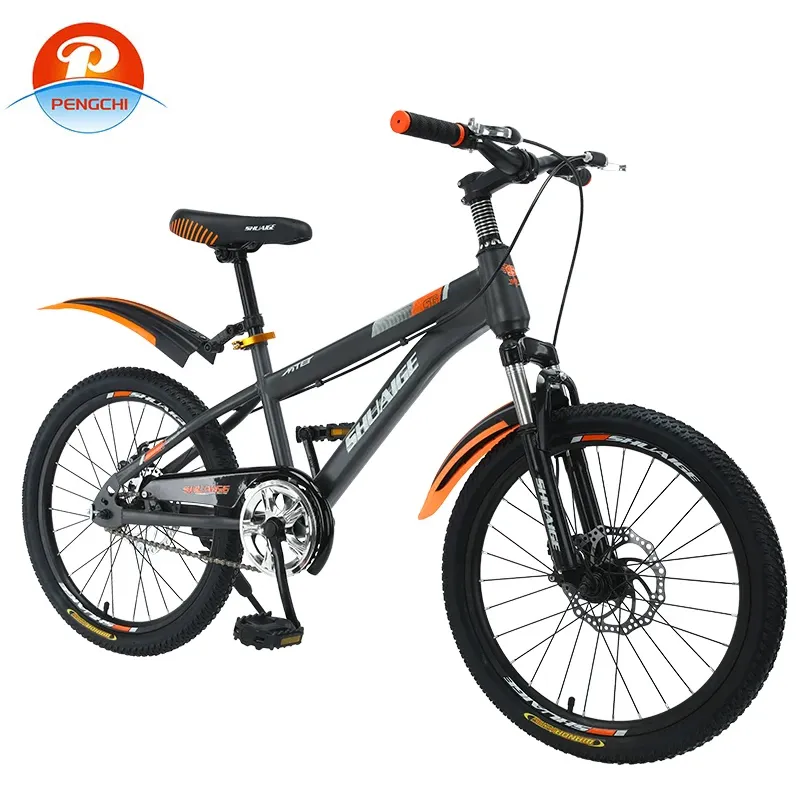
-
 Afrikaans
Afrikaans -
 Arabic
Arabic -
 Belarusian
Belarusian -
 Bengali
Bengali -
 Bulgarian
Bulgarian -
 Croatian
Croatian -
 Czech
Czech -
 Danish
Danish -
 Dutch
Dutch -
 English
English -
 Finnish
Finnish -
 French
French -
 German
German -
 Greek
Greek -
 hawaiian
hawaiian -
 Hebrew
Hebrew -
 Hindi
Hindi -
 Hungarian
Hungarian -
 Indonesian
Indonesian -
 irish
irish -
 Italian
Italian -
 Japanese
Japanese -
 Javanese
Javanese -
 kazakh
kazakh -
 Khmer
Khmer -
 Korean
Korean -
 Kyrgyz
Kyrgyz -
 Lao
Lao -
 Latin
Latin -
 Luxembourgish
Luxembourgish -
 Malay
Malay -
 Myanmar
Myanmar -
 Norwegian
Norwegian -
 Persian
Persian -
 Polish
Polish -
 Portuguese
Portuguese -
 Romanian
Romanian -
 Russian
Russian -
 Serbian
Serbian -
 Slovak
Slovak -
 Somali
Somali -
 Spanish
Spanish -
 Swedish
Swedish -
 Tagalog
Tagalog -
 Thai
Thai -
 Turkish
Turkish -
 Turkmen
Turkmen -
 Ukrainian
Ukrainian -
 Uighur
Uighur -
 Vietnamese
Vietnamese
Feb . 02, 2025 04:59 Back to list
OEM Factory's 20 Inch 7-Speed Children's Mountain Bike Disc Brake For High-Quality Students Wholesale Price MTB Bike
Mastering the Art of Choosing the Right Mountain Bike
The wheel size is another aspect that has evolved over the years. Traditional 26-inch wheels are now less common, with 27.5-inch and 29-inch wheels dominating modern designs. The choice between these often boils down to maneuverability versus speed. 27.5-inch wheels offer agile handling, great for twisty trails, while 29-inch wheels provide better stability and a smoother ride on rough terrains, making them ideal for covering more ground efficiently. Drive train options have expanded, offering more simple and efficient gearing systems through advancements in technology. Modern bikes often feature a single chainring setup with wide range cassettes. This enhancement simplifies gear changes while still providing sufficient range for both climbs and descents. Evaluating the drivetrain is essential in ensuring smooth transitions during your ride, which can make a significant difference especially in technical terrains where consistent and reliable gear shifts are critical. Braking systems should not be overlooked, as they are vital for safety and control. While traditional rim brakes served their purpose in the past, disc brakes—both mechanical and hydraulic—are now standard in most mountain bikes. They provide superior stopping power even in wet or muddy conditions. Hydraulic disc brakes, although pricier, offer more precise controls and have become a preference for serious riders due to their consistent performance. Ultimately, the fit and feel of the bike should be paramount in your decision-making process. A professional bike fitting can ensure that your selected bike complements your physique, preventing discomfort and enhancing performance. During this process, minor adjustments such as saddle height, handlebar position, and stem length can be customized to suit your body and riding posture, ensuring the long-term enjoyment of your mountain biking experience. Investing in the right mountain bike involves a blend of personal preference, informed analysis, and an understanding of the technical aspects that cater to your cycling ideals. By considering these factors meticulously, you position yourself to choose a mountain bike that not only meets your current riding needs but also grows with you as you delve deeper into the thrilling world of mountain biking.


The wheel size is another aspect that has evolved over the years. Traditional 26-inch wheels are now less common, with 27.5-inch and 29-inch wheels dominating modern designs. The choice between these often boils down to maneuverability versus speed. 27.5-inch wheels offer agile handling, great for twisty trails, while 29-inch wheels provide better stability and a smoother ride on rough terrains, making them ideal for covering more ground efficiently. Drive train options have expanded, offering more simple and efficient gearing systems through advancements in technology. Modern bikes often feature a single chainring setup with wide range cassettes. This enhancement simplifies gear changes while still providing sufficient range for both climbs and descents. Evaluating the drivetrain is essential in ensuring smooth transitions during your ride, which can make a significant difference especially in technical terrains where consistent and reliable gear shifts are critical. Braking systems should not be overlooked, as they are vital for safety and control. While traditional rim brakes served their purpose in the past, disc brakes—both mechanical and hydraulic—are now standard in most mountain bikes. They provide superior stopping power even in wet or muddy conditions. Hydraulic disc brakes, although pricier, offer more precise controls and have become a preference for serious riders due to their consistent performance. Ultimately, the fit and feel of the bike should be paramount in your decision-making process. A professional bike fitting can ensure that your selected bike complements your physique, preventing discomfort and enhancing performance. During this process, minor adjustments such as saddle height, handlebar position, and stem length can be customized to suit your body and riding posture, ensuring the long-term enjoyment of your mountain biking experience. Investing in the right mountain bike involves a blend of personal preference, informed analysis, and an understanding of the technical aspects that cater to your cycling ideals. By considering these factors meticulously, you position yourself to choose a mountain bike that not only meets your current riding needs but also grows with you as you delve deeper into the thrilling world of mountain biking.
Latest news
-
Red Black BMX Bike with GPT-4-Turbo AI Tech
NewsJul.31,2025
-
New Red Anti-theft E-Bike | Easy Ride City Commuter
NewsJul.31,2025
-
BMX 20 Inch Bikes for Freestyle & Street | Fat Tire Options Available
NewsJul.30,2025
-
322 High Quality 26 Inch 21 Speed Adult Mountain Bike OEM MTB
NewsJul.29,2025
-
Specialized Kids Mountain Bikes - Safe, Durable & Fun Riding Experience
NewsJul.29,2025
-
Little Kids Mountain Bike - Lightweight Bikes for Young Riders
NewsJul.29,2025

